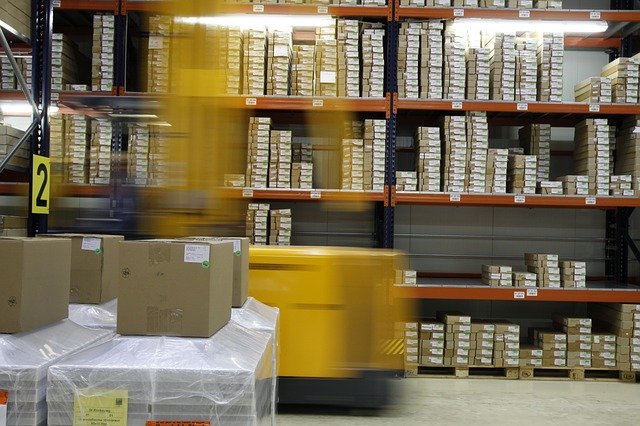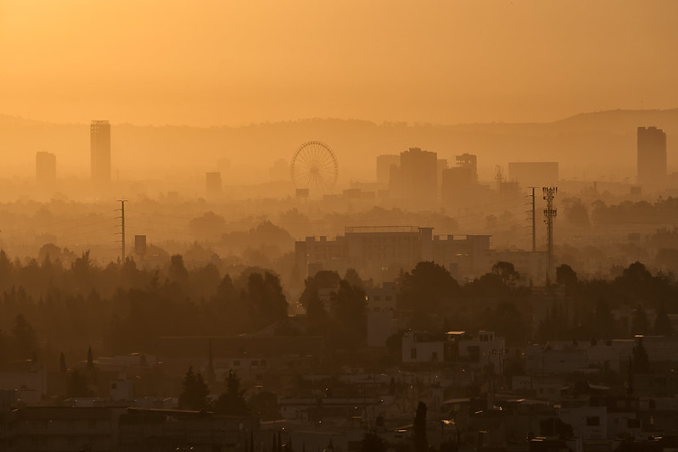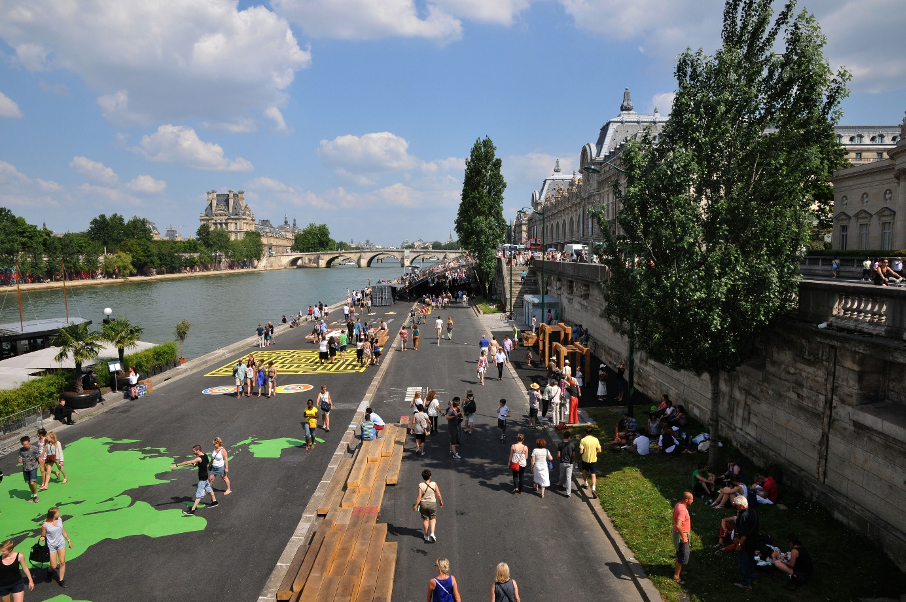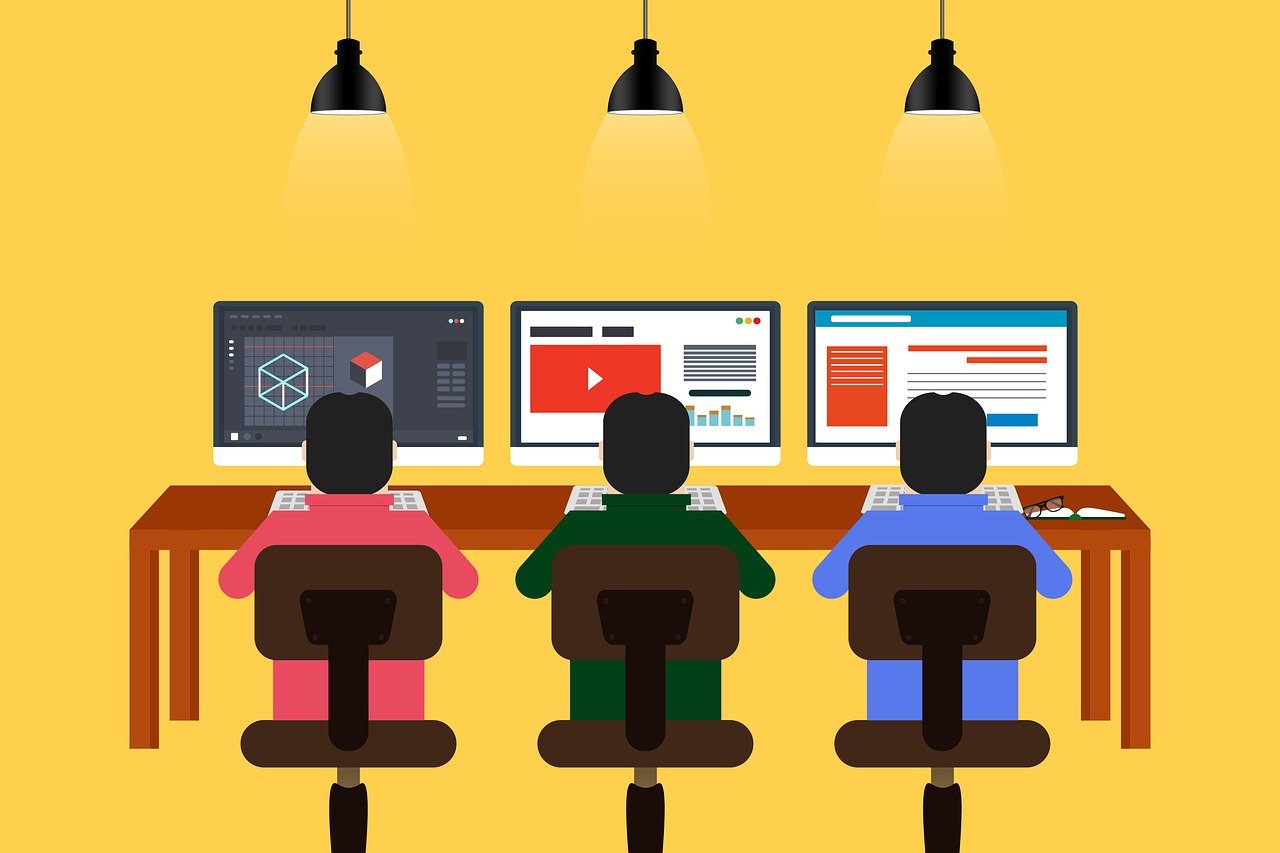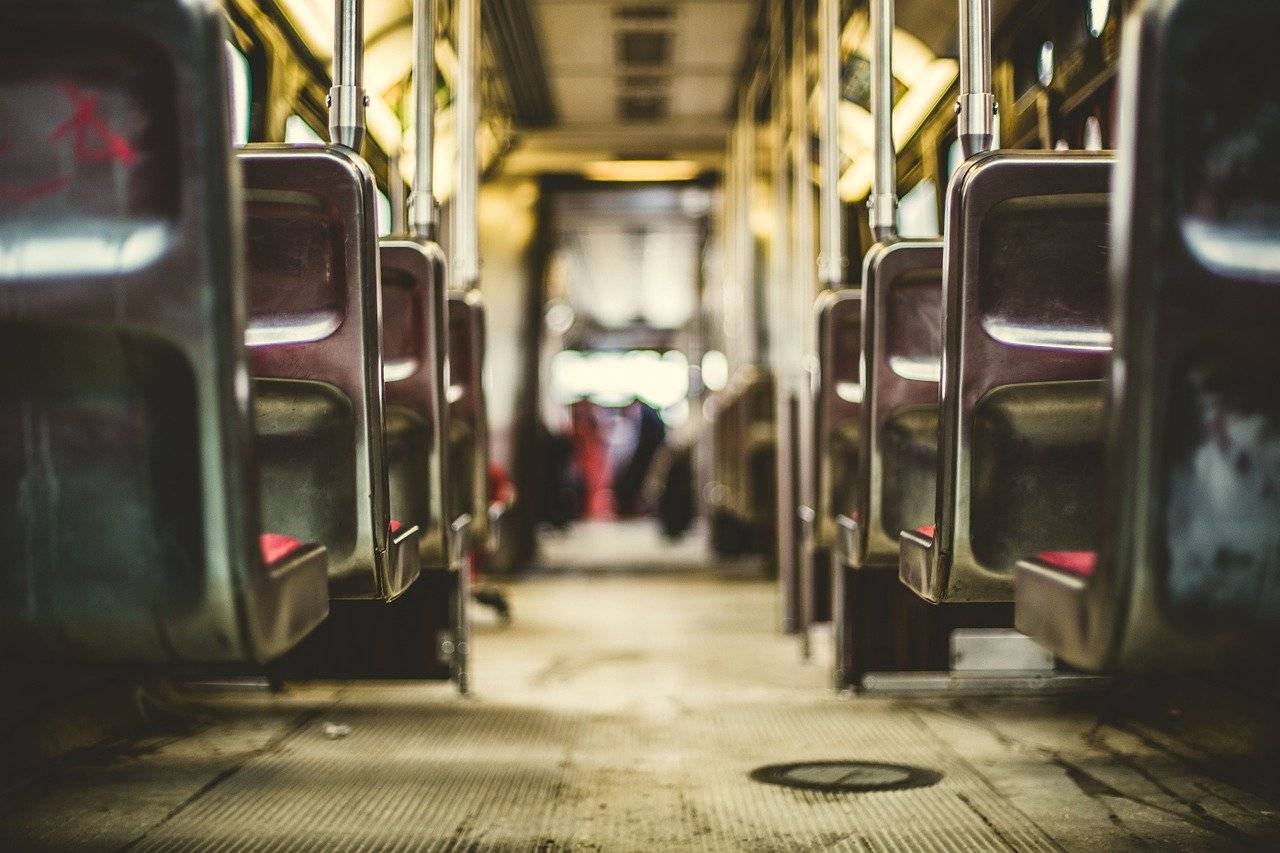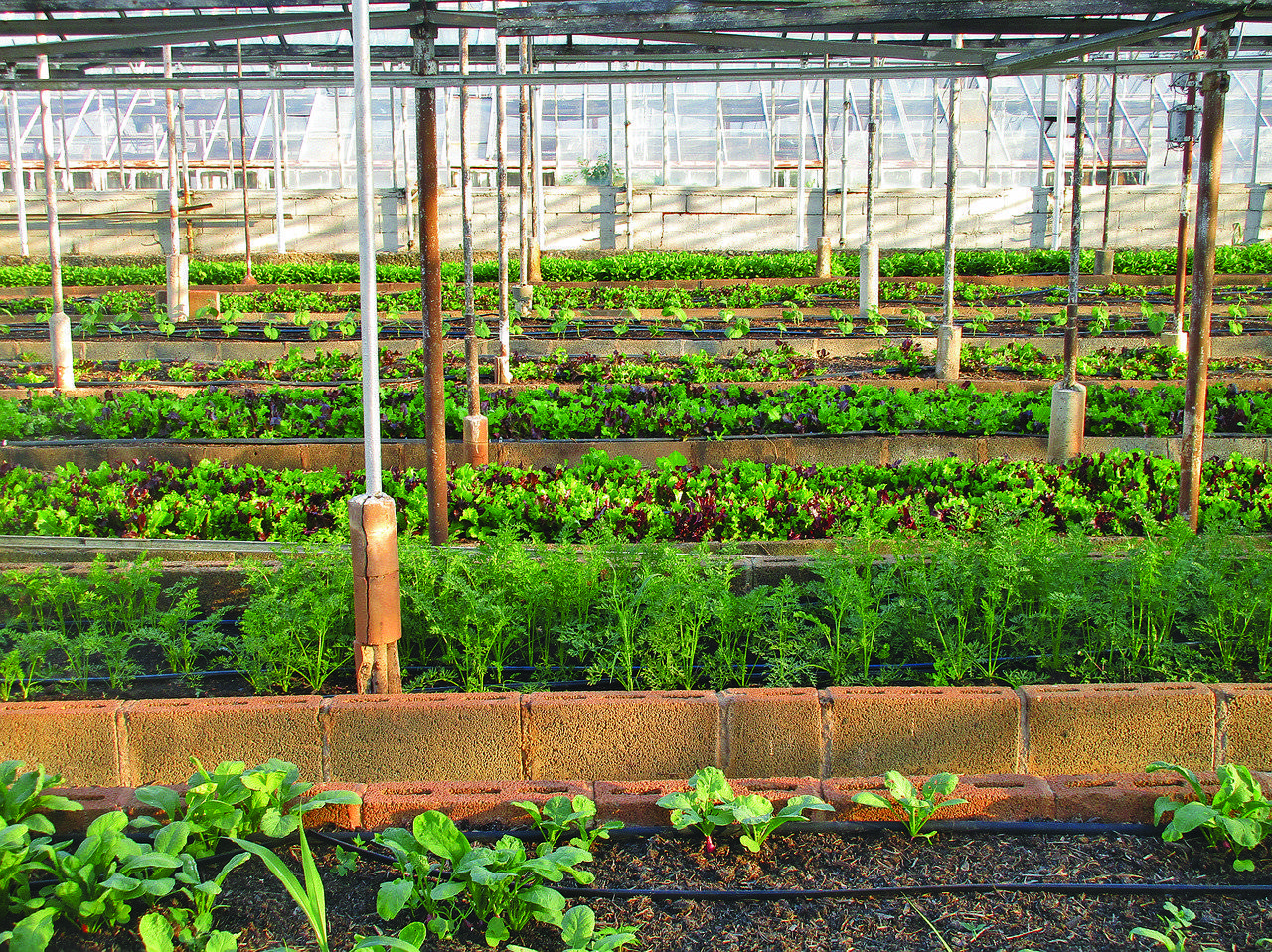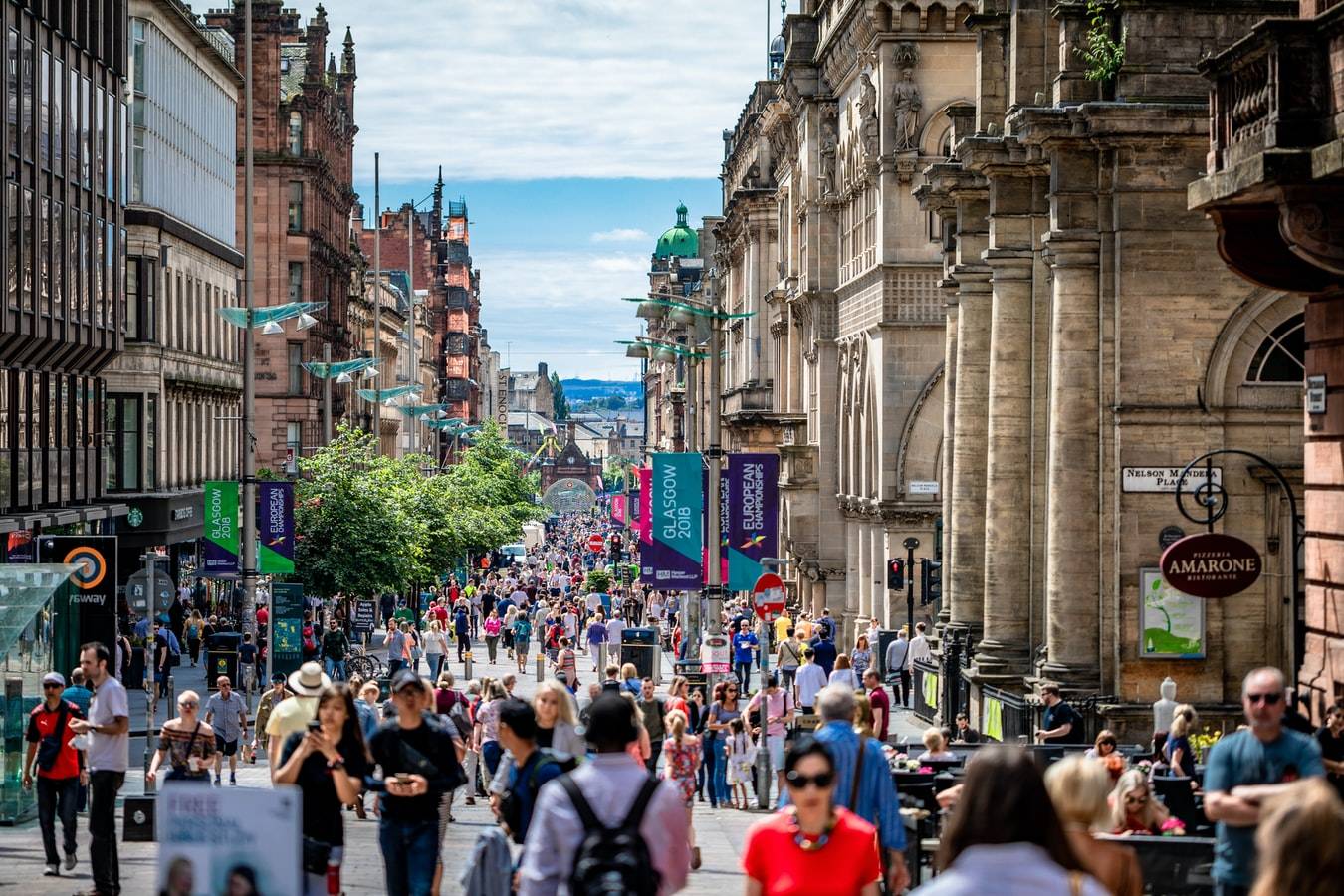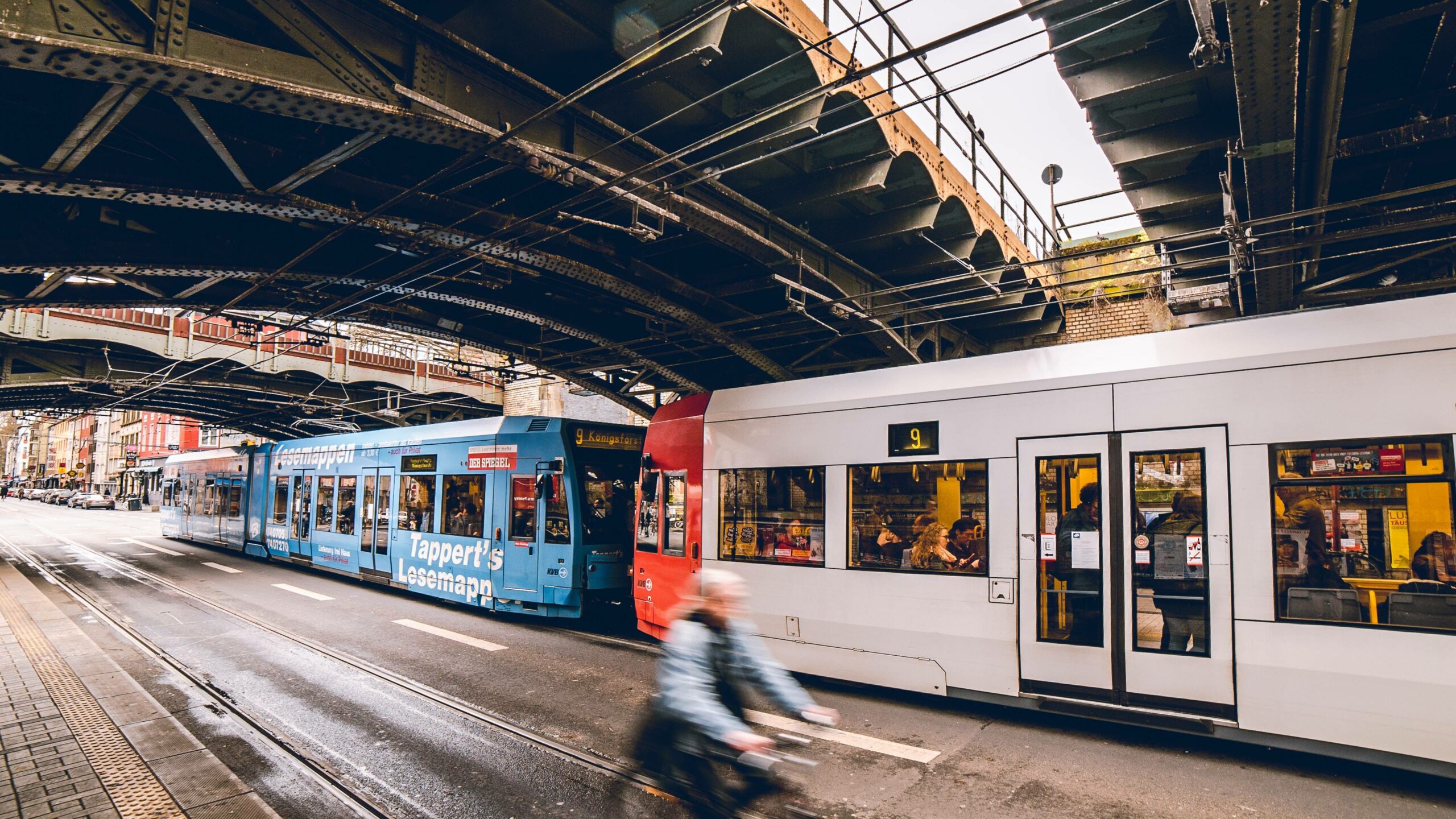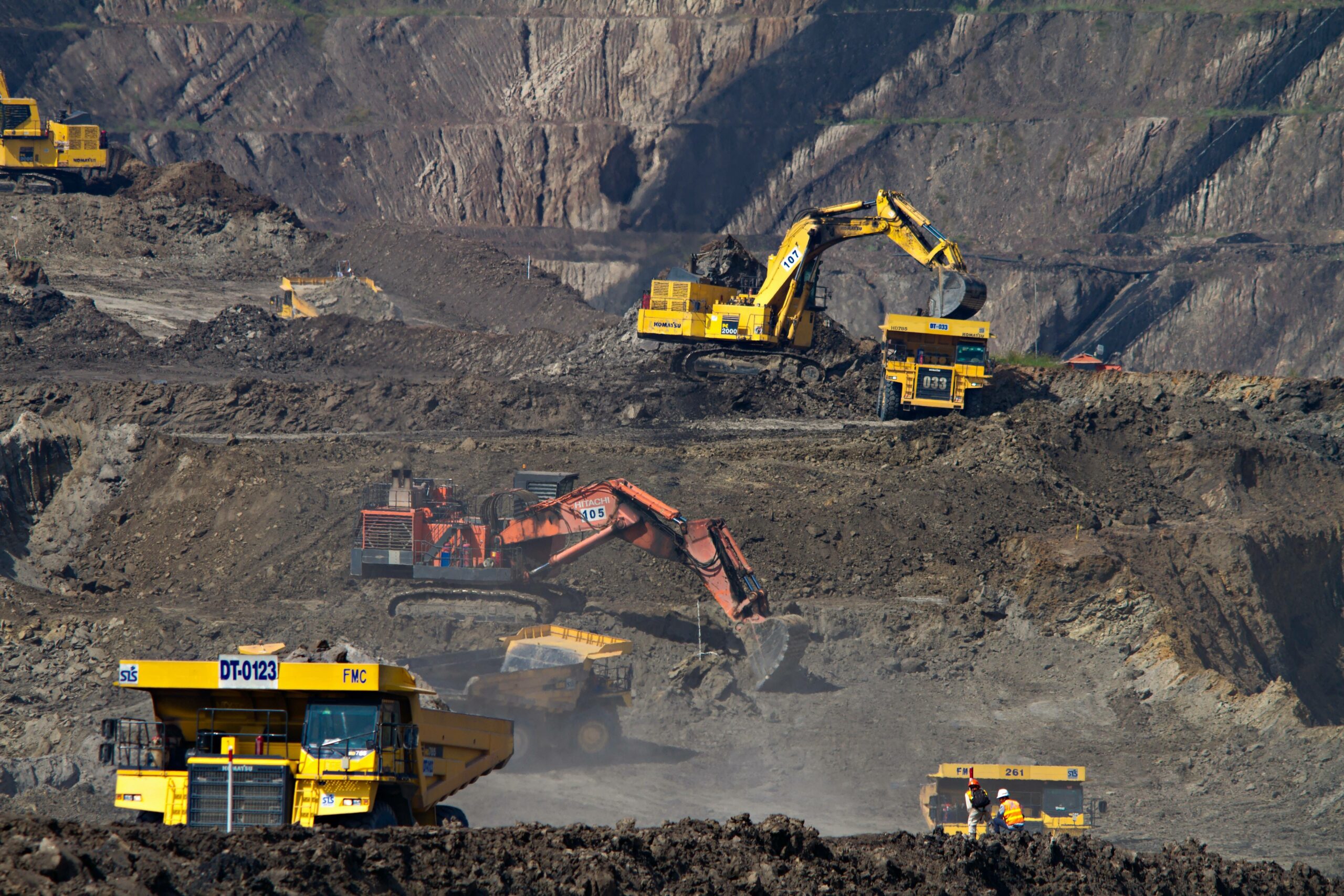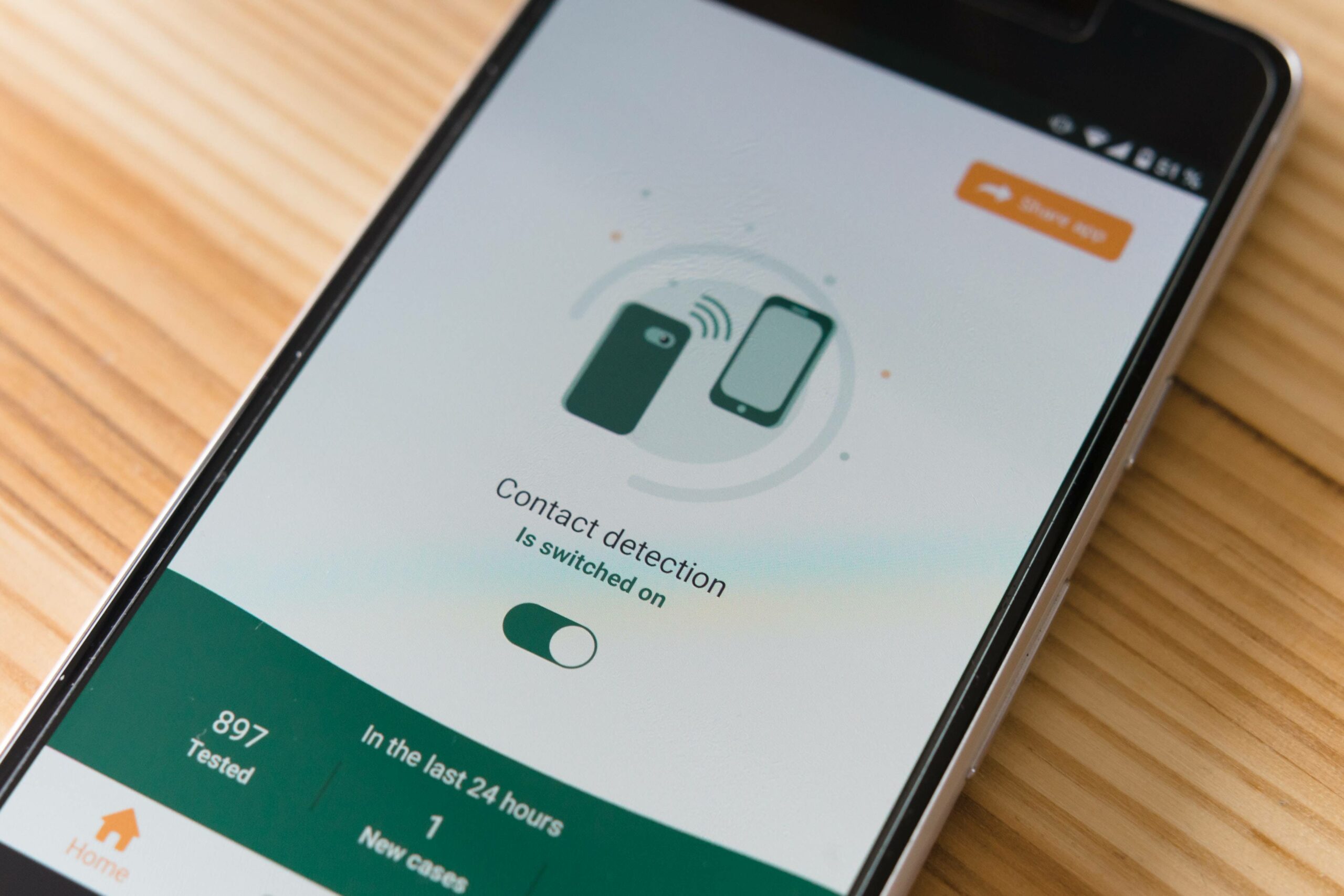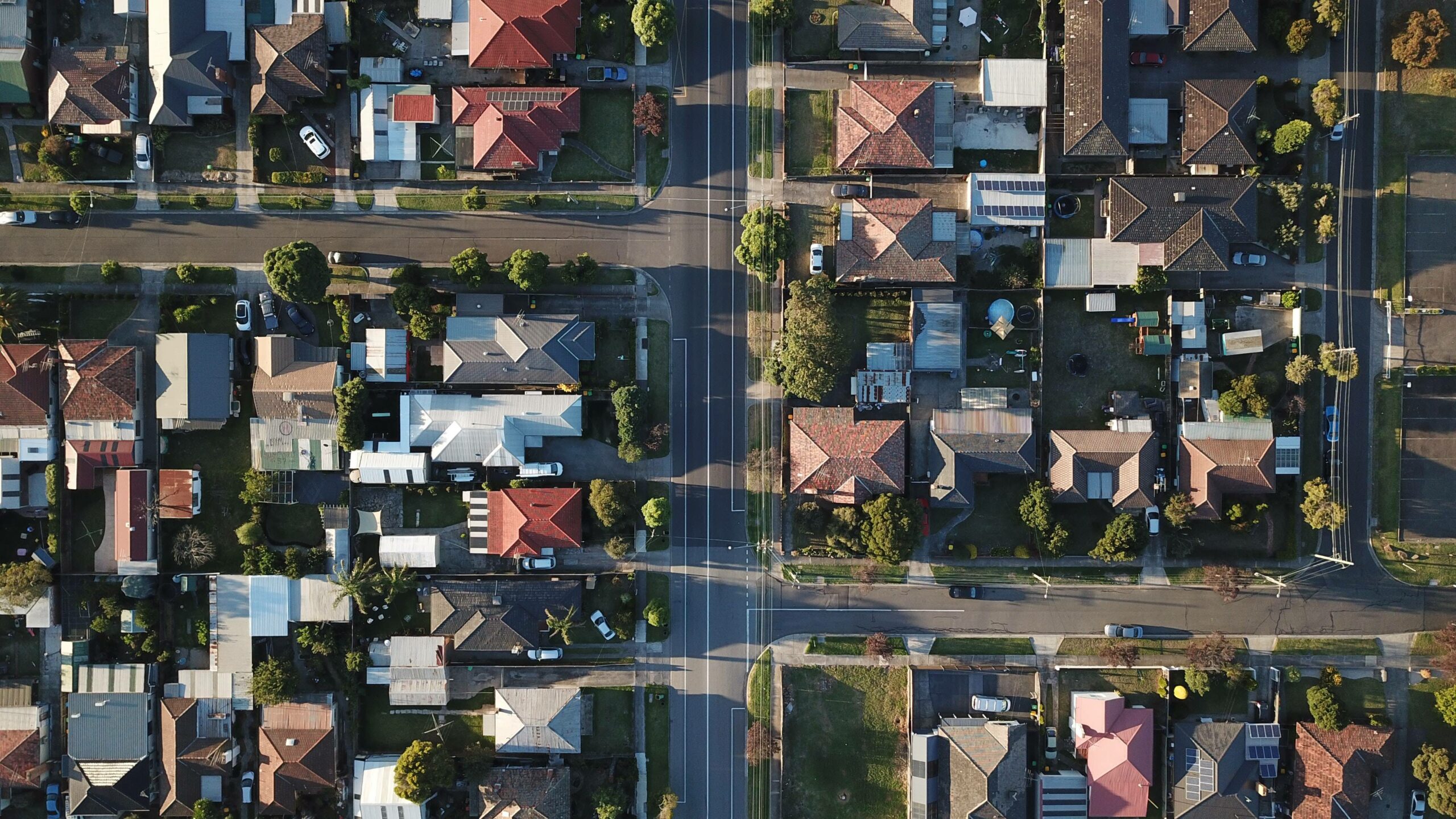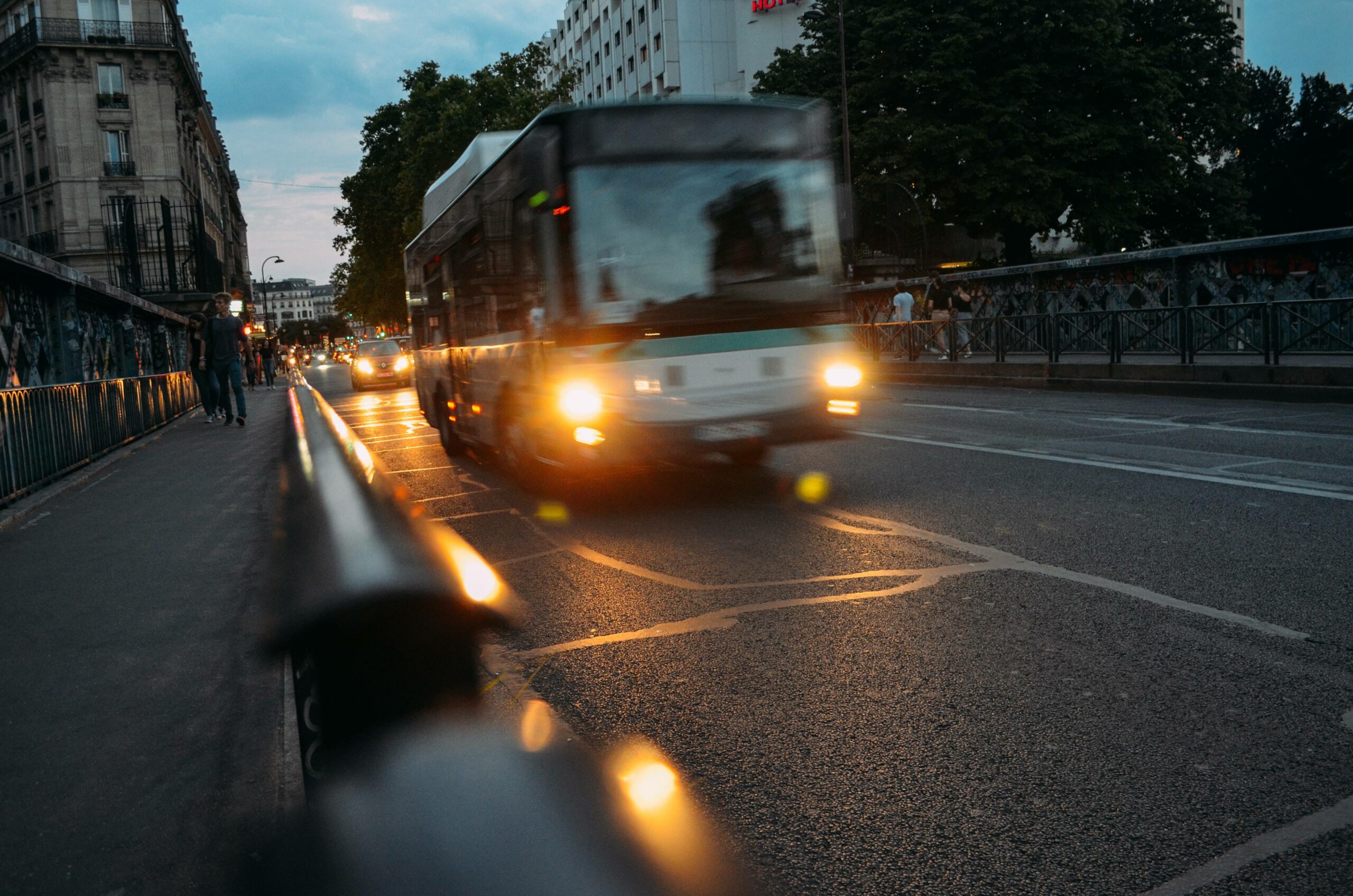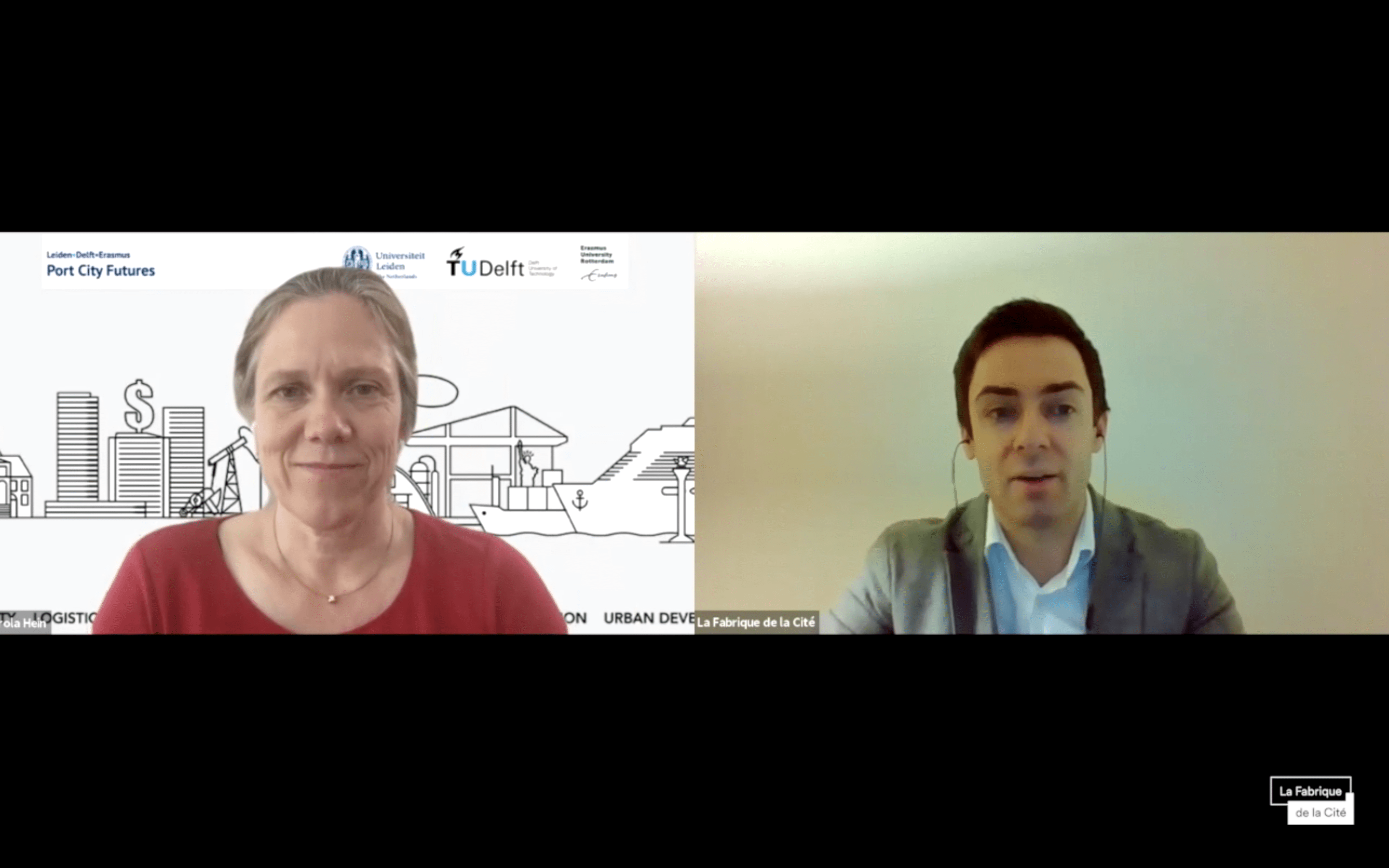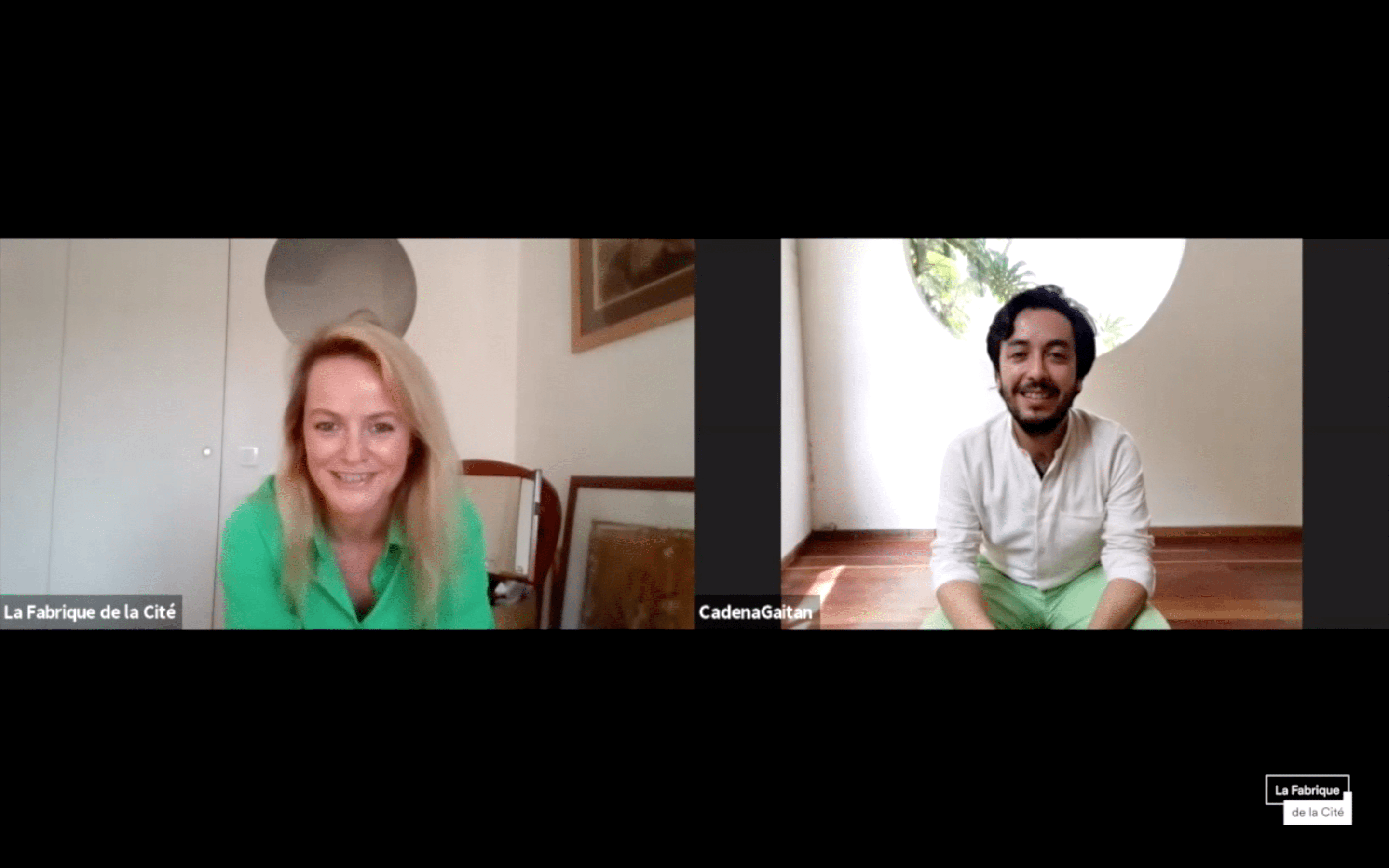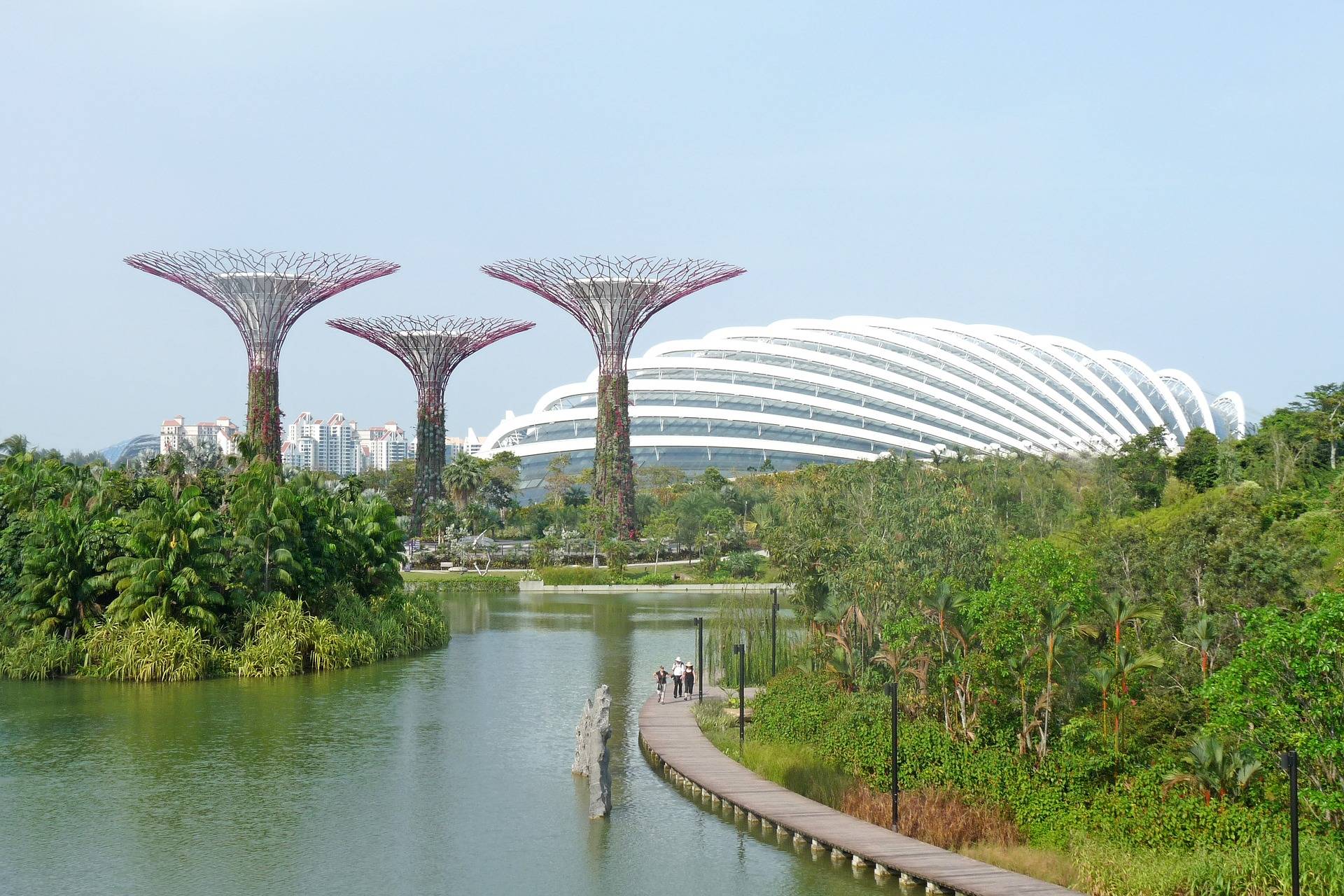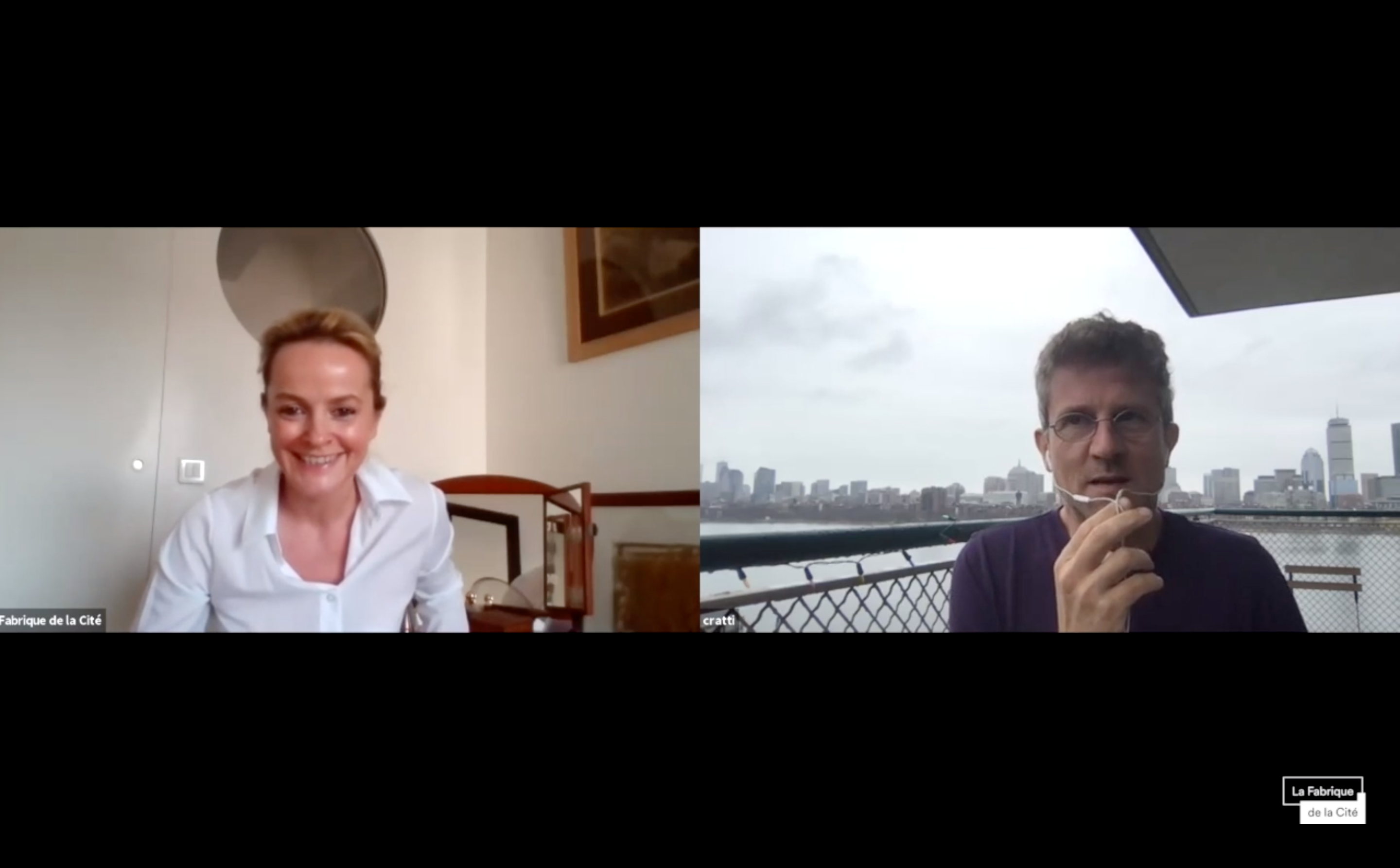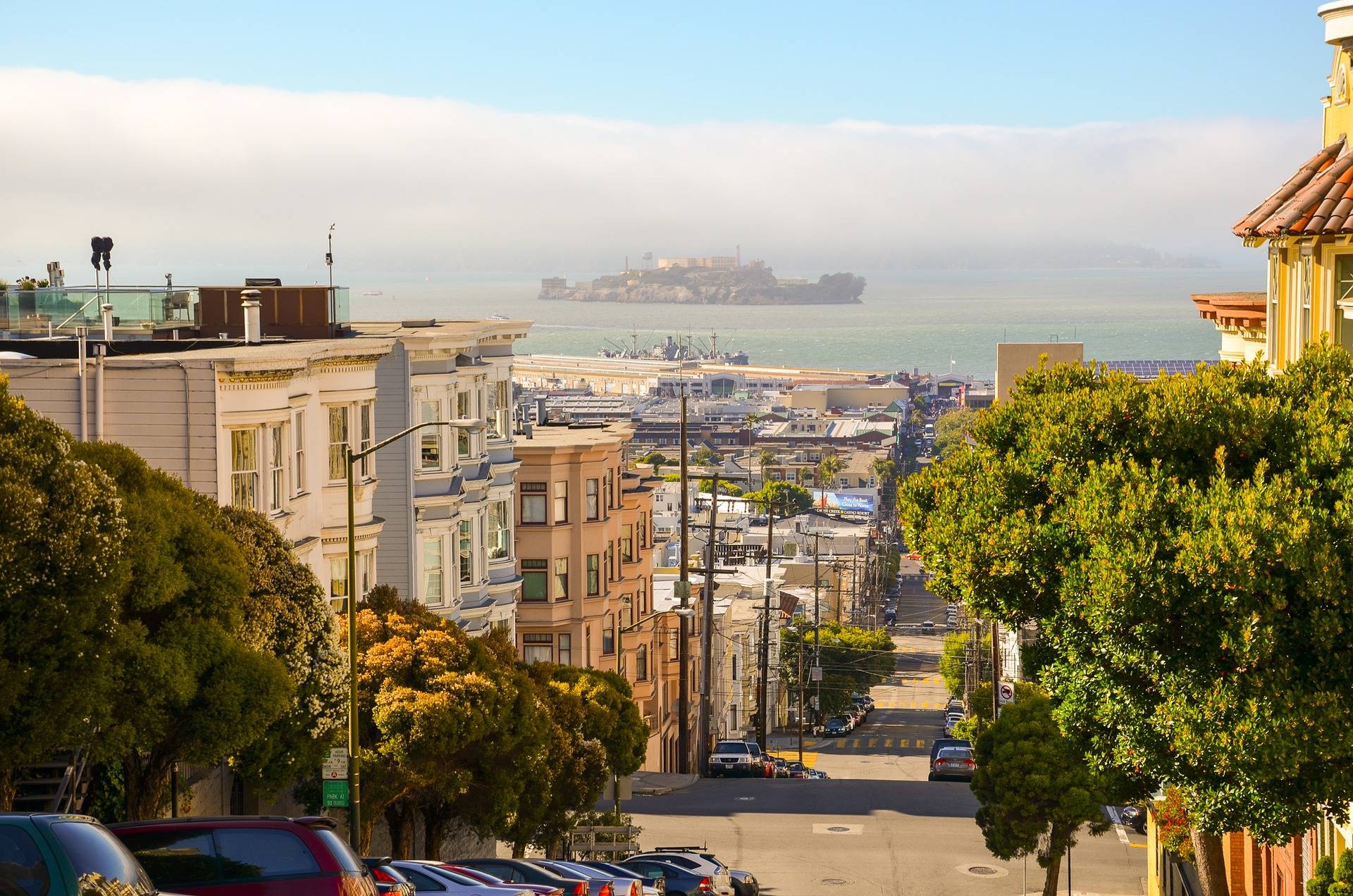

Death and life of CBD
Will the debate on the future of offices and CBD replay the one initiated by Jane Jacobs in 1961 with the publication of her pamphlet “The Death and Life of great American Cities“? “The rebuilt portions of cities and the endless new developments spreading beyond the cities are reducing city and countryside aIike to a monotonous, unnourishing gruel”: Jane Jacobs denounced the major urban renewal operations that were provoking a wave of discontent among the population. Designed according to a theoretical urban model rather than based on a detailed knowledge of the real lifestyles and aspirations of the inhabitants, these new neighbourhoods were made sterile and hindered the blossoming of a rich social life and the development of attractive neighbourhoods.
The pandemic saw the share of teleworkers increase very rapidly in all countries as a result of the confinements and social distancing measures: the share of teleworkers increased from 15.7% to about 50% in France, from 30% to more than 50% in Denmark and the Netherlands, from 5% to 33% in the USA. As the vaccination rate rises and the danger horizon recedes, will we see a massive return to the office, a continuation of high levels of telework including 100% telework, or the adoption of a hybrid model with a weekly proportion of telework limited to 1, 2 or 3 days? Each of these options is currently hotly debated as each will have very different consequences for the geography of work, as Richard Florida and Joel Kotkin show in a recent article on post-pandemic US geography. At the large scale, what value will office real estate retain and what reconfigurations are to be envisaged to adapt office space and increase space for meetings and informal encounters at the expense of individual workspace? At the scale of the neighbourhood, how will business districts evolve? Under less pressure, will they change to create more mixed and diversified neighbourhoods that allow people to live and work closer together or to use the area for activities other than work? Or will they focus on the work function, with the decline in the number of employees going to work every day condemning a whole series of services that had developed to meet their needs? On a small scale, will we see a major rebalancing of the geography of work, either through the permanent choice to settle in small and medium-sized towns or in the outer suburbs of metropolises and only go to the office occasionally, or through the pressure of these new lifestyles forcing companies to keep up with the talent?
Why does the debate on the future of the office have the potential to replay the one initiated by Jane Jacobs? Because there is a strong tendency to simplify the equation at stake here. The past year cannot be taken as a yardstick for thinking about the future, as the shift to teleworking was forced. It is only now that negotiations on the future of telework are taking place. In these negotiations, whether and to what extent employees want to continue to telework, and the efforts of some cities to attract teleworkers on a permanent basis (such as the flagship initiative of the US city of Tulsa “Tulsa remote”) will be only part of the equation. Management issues (how to encourage innovation? how to maintain the entrepreneurial spirit? how to ensure productivity? how not to be disadvantaged in the bonus and promotion system?), as well as economic issues concerning primarily office property, but more globally the employment market and the tax revenues of cities are other, more powerful issues. The future of telework and the geography of work will be conditioned by this struggle between these different imperatives. It will also be determined by whether or not a long term vision is adopted to accommodate the diverse aspirations of residents. The risk is that the new model will be rejected, especially since this year’s pandemic has undermined the ability to endure the imposition of a lifestyle that is not justified. The main impasse in the current debate is the failure to think about the diversity of lifestyles. “In our American cities, we need all kinds of diversity, intricately mingled in mutual support“, concluded Jane Jacobs, showing that there is a way to revive cities.
These other publications may also be of interest to you:
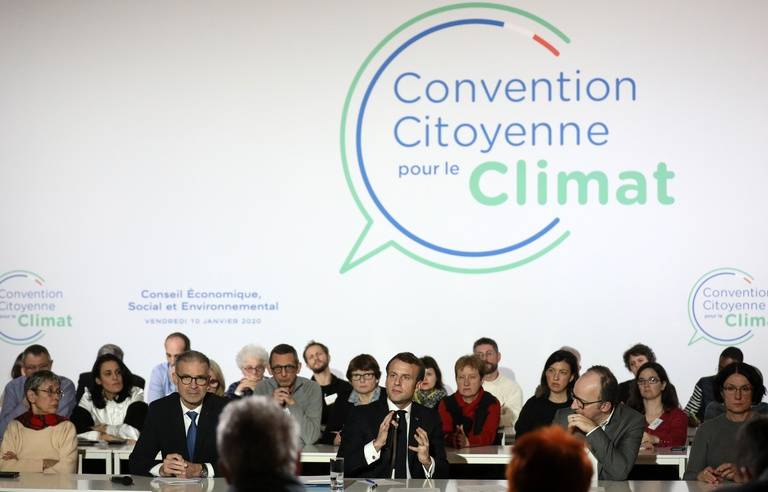
Is resilience useful?
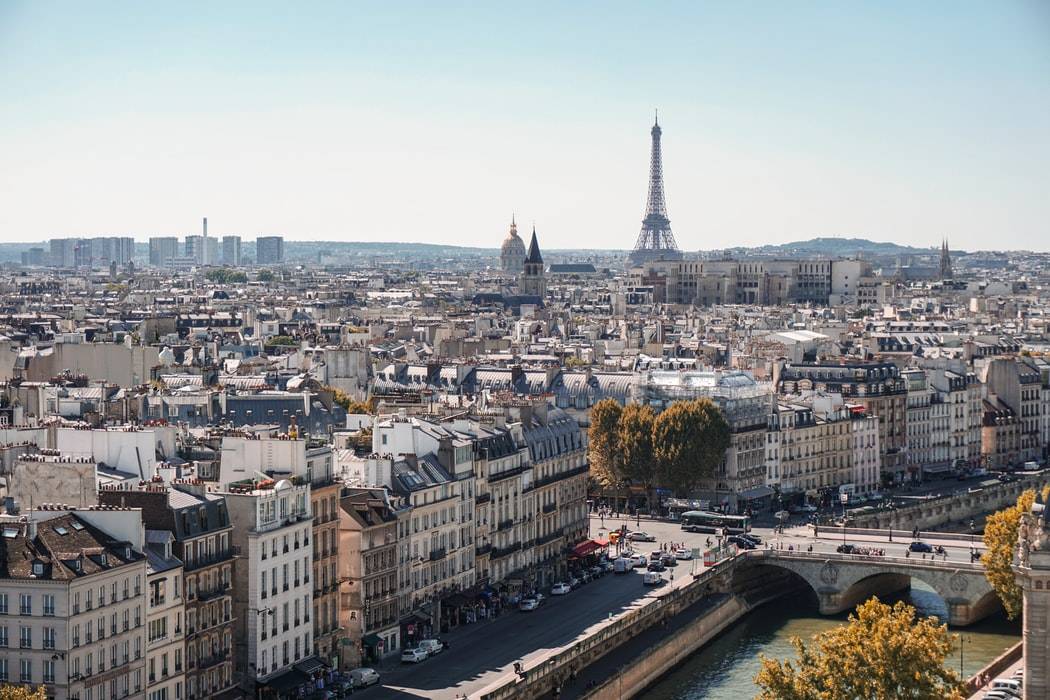
Long live urban density!
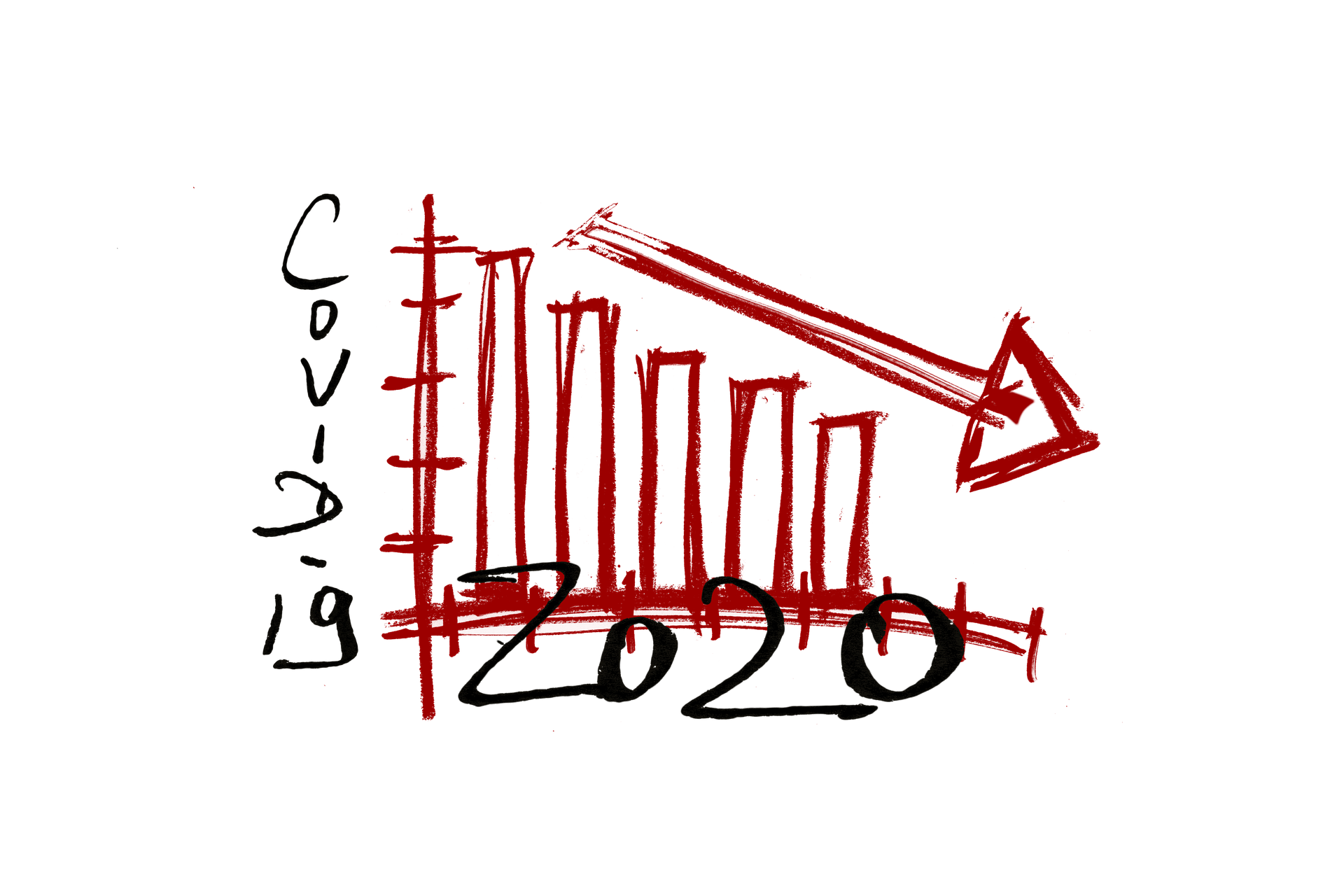
Behind the words: Recovery
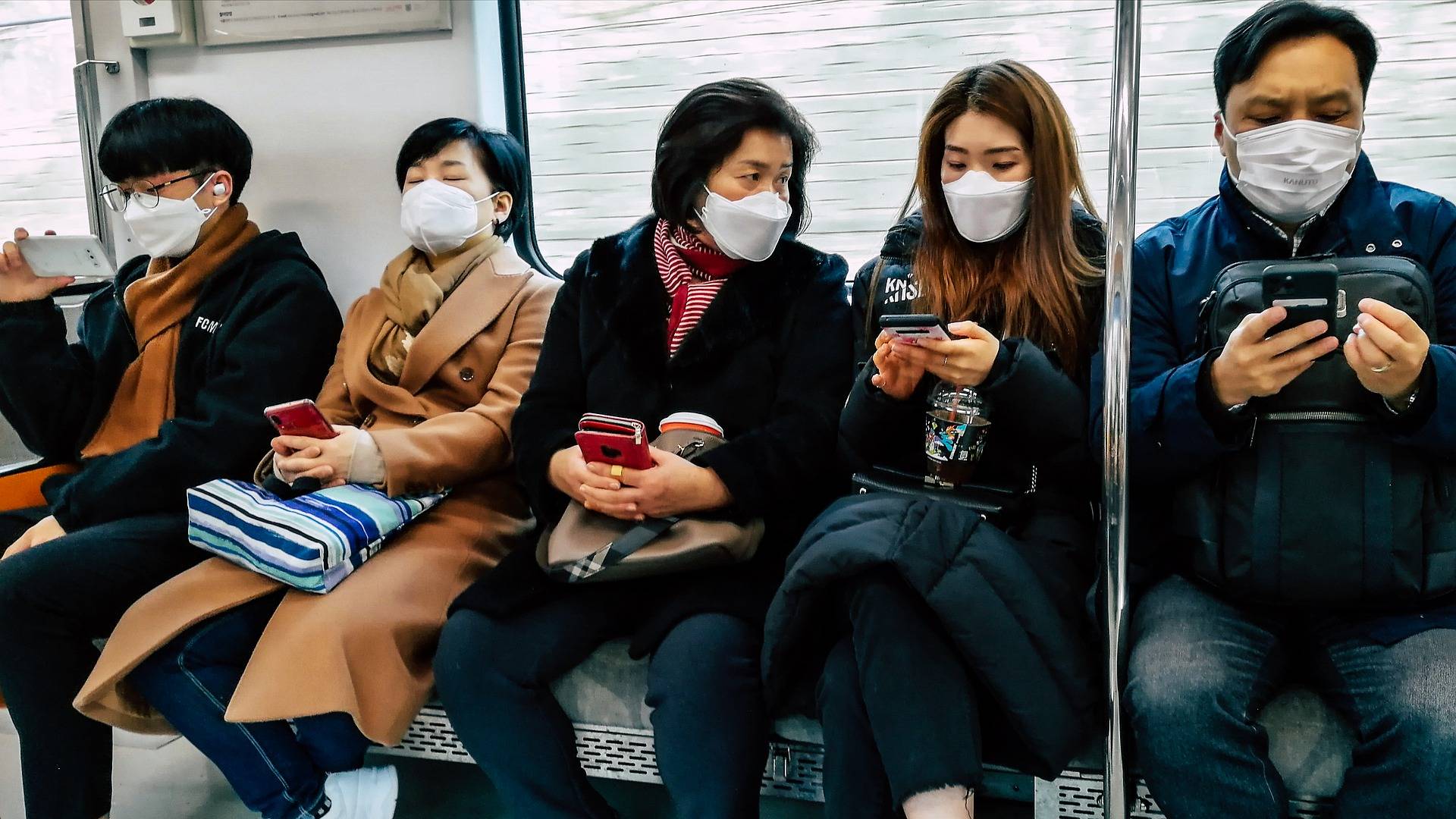
Sending out an SOS
The ideal culprit
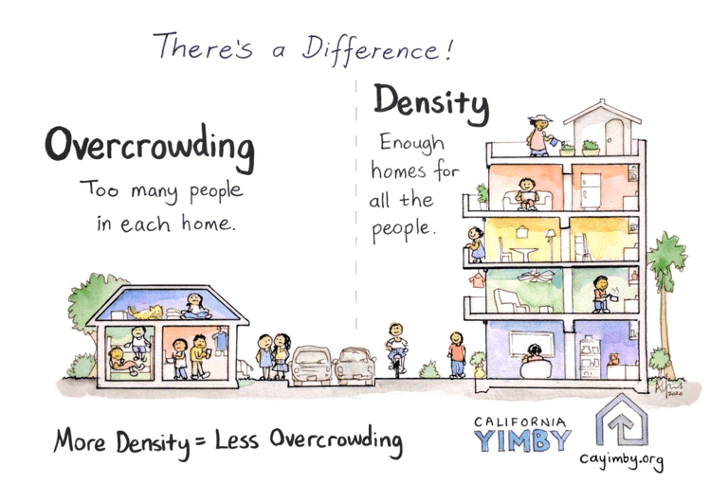
Behind the words: density

Behind the words: telecommuting
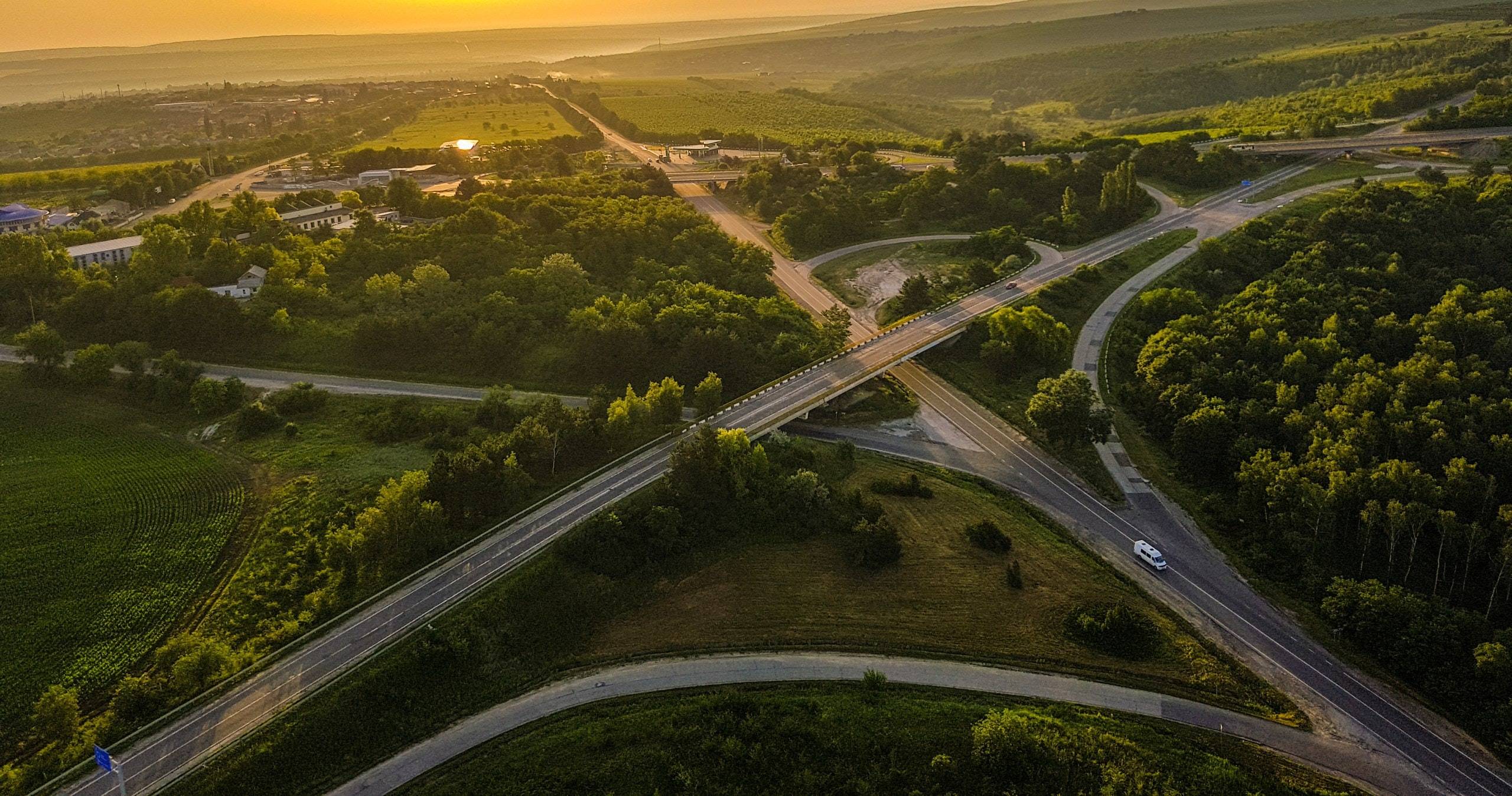
Behind the words: urban congestion

Behind the words: food security
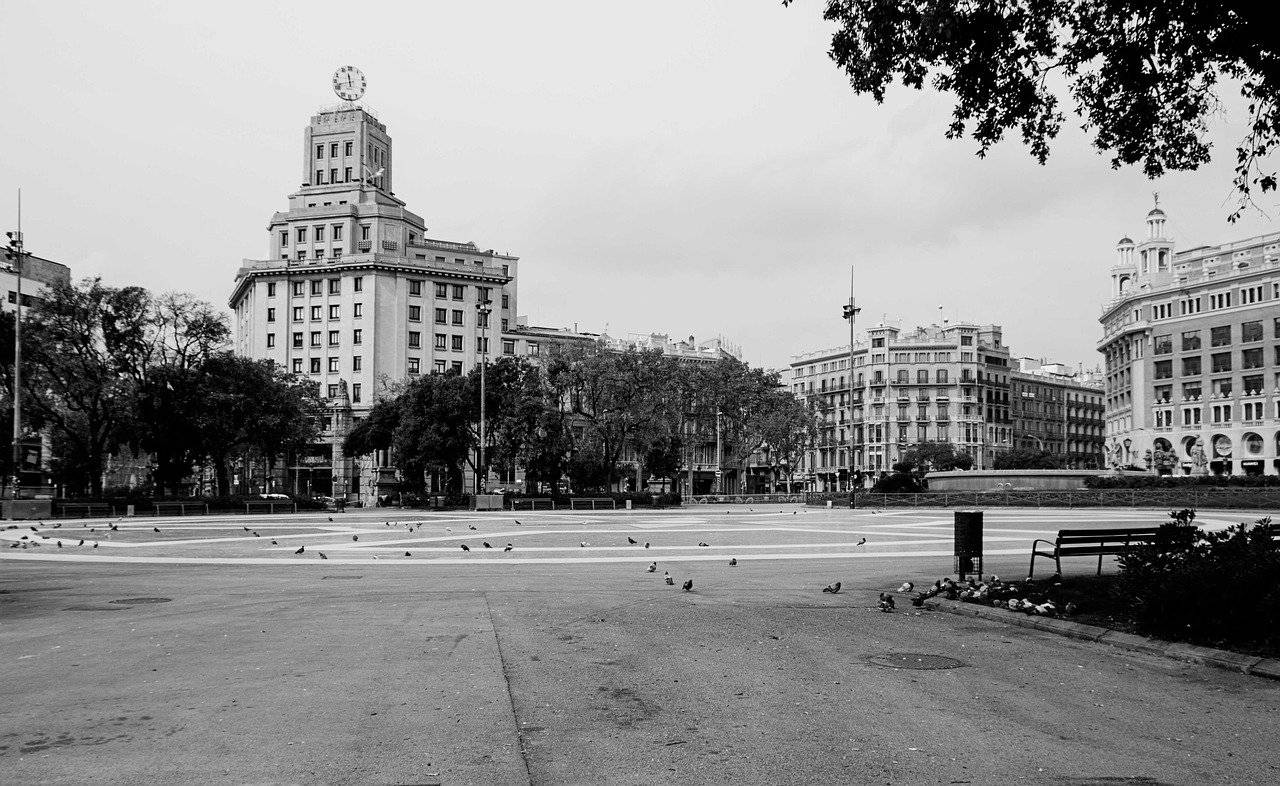
180° Turn
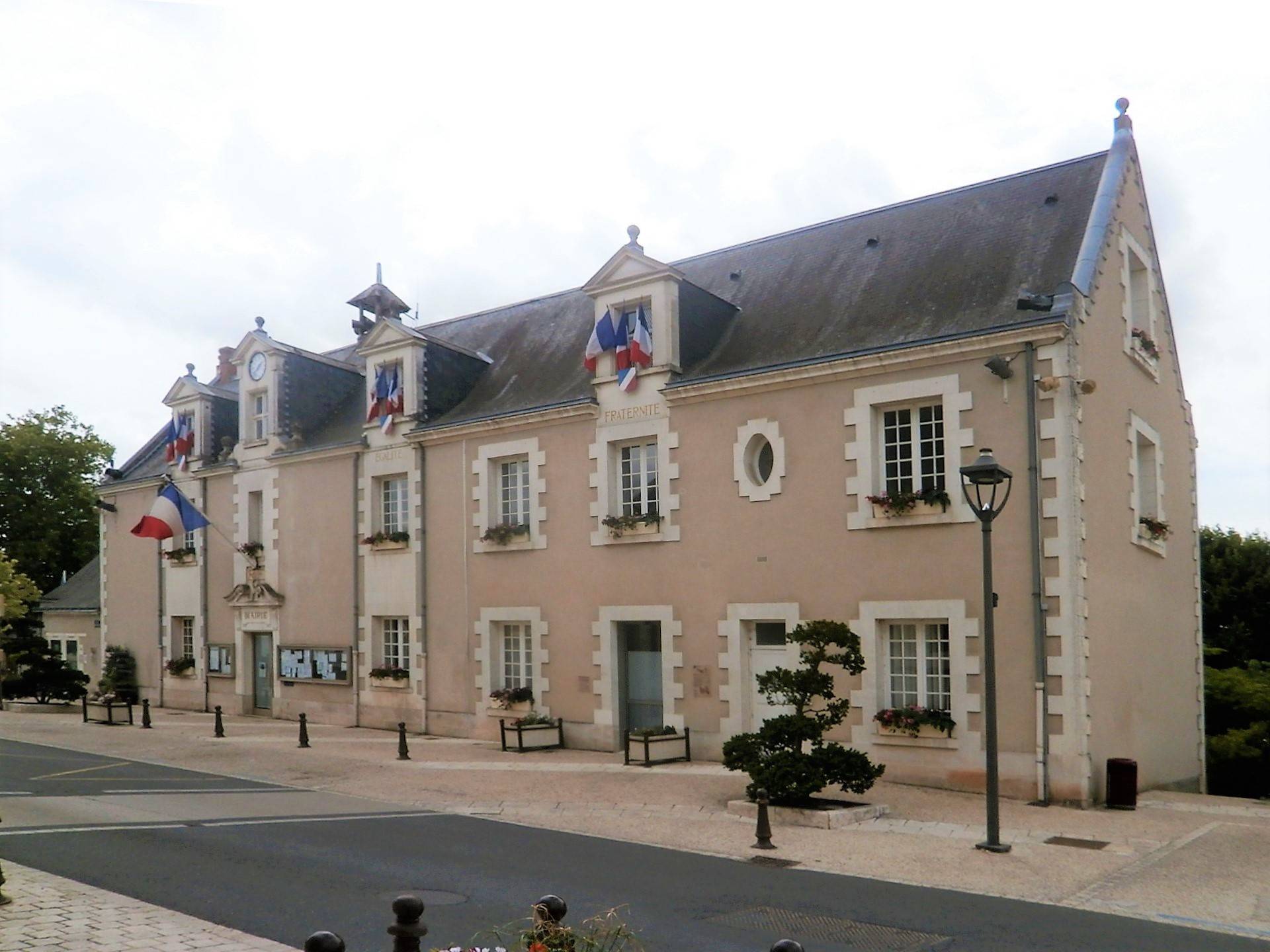
Cities in safe boot mode
Across cities in crisis
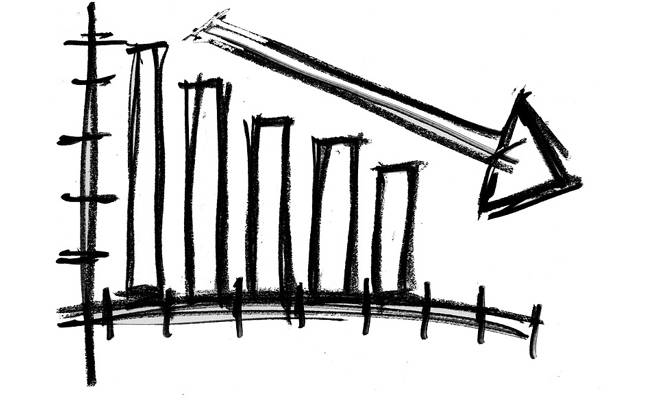
Behind the words: Degrowth
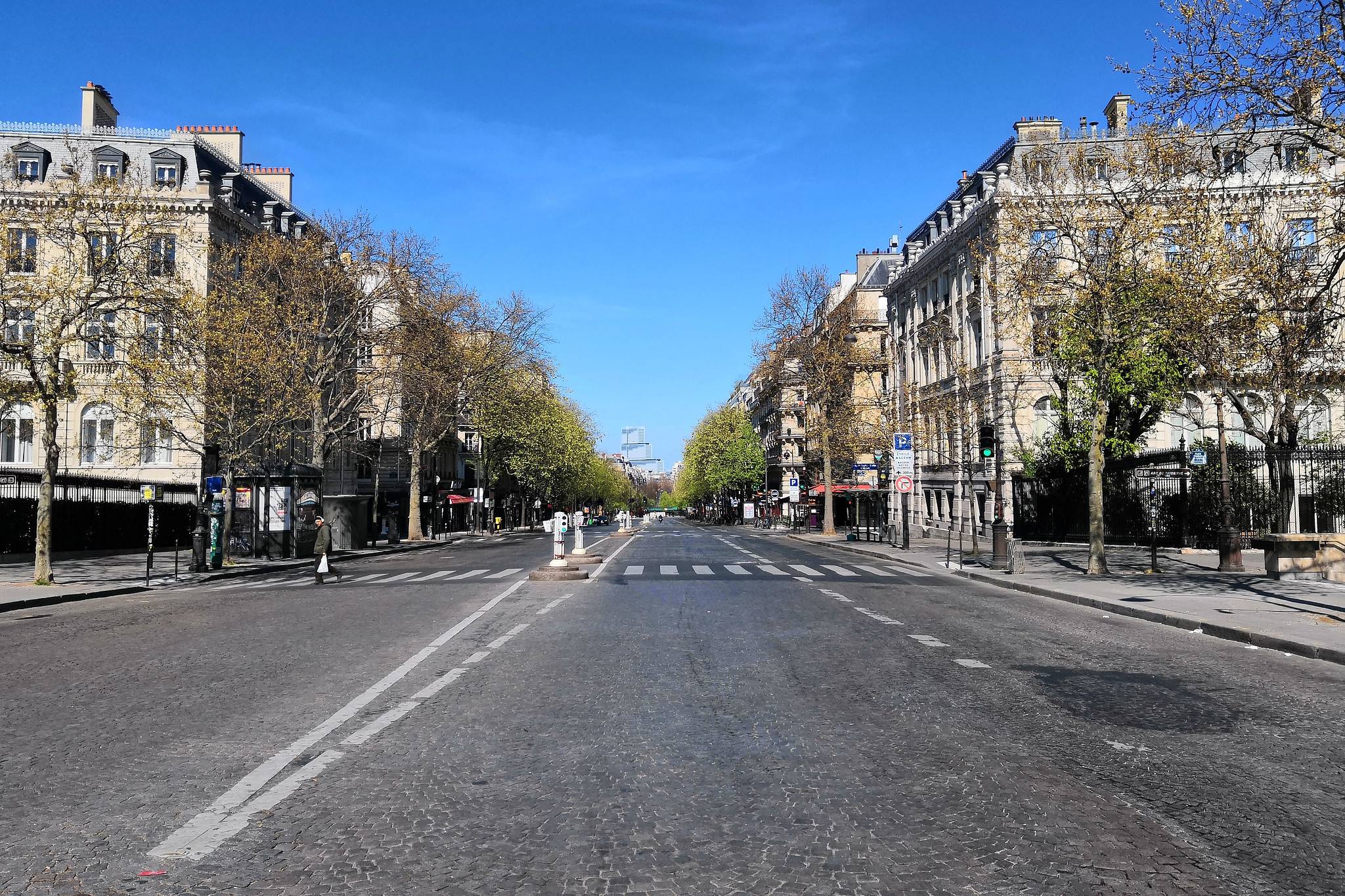
A street named desire

Feeding and fueling the city
La Fabrique de la Cité
La Fabrique de la Cité is a think tank dedicated to urban foresight, created by the VINCI group, its sponsor, in 2010. La Fabrique de la Cité acts as a forum where urban stakeholders, whether French or international, collaborate to bring forth new ways of building and rebuilding cities.















